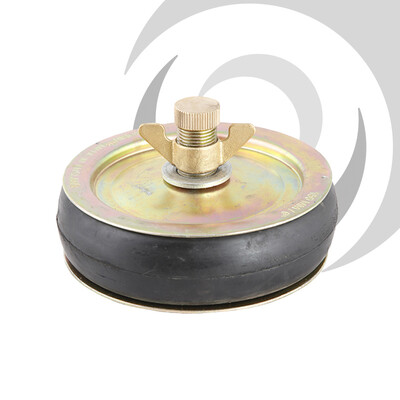
Land Drain 160/60mm Multi-Junction
Online
Check availability
Alton
Check availability
Basildon
Check availability
Coventry
Check availability
Delivery options
| SKU | 160LDY |
| Title | Land Drain 160/60mm Multi-Junction |
| Net weight | 1 Kilograms |
Related accessories
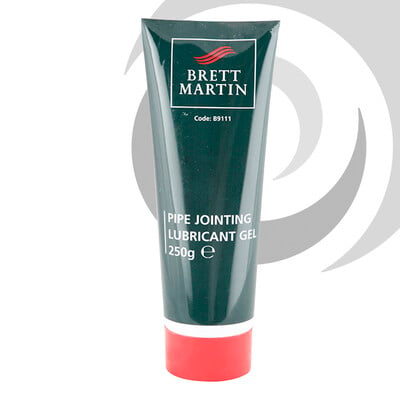

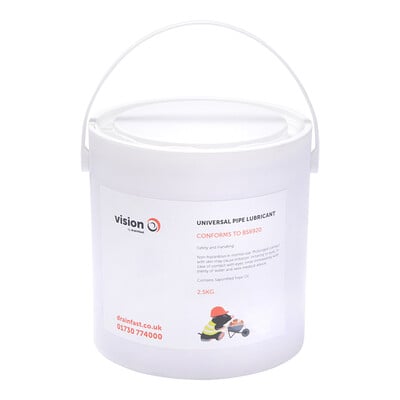



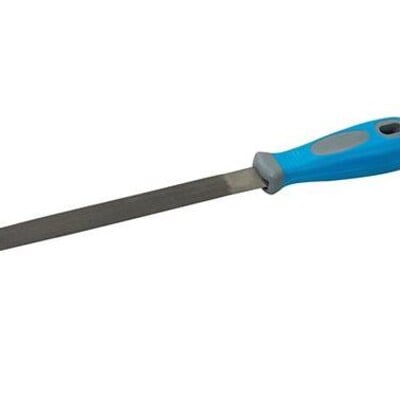



Related products



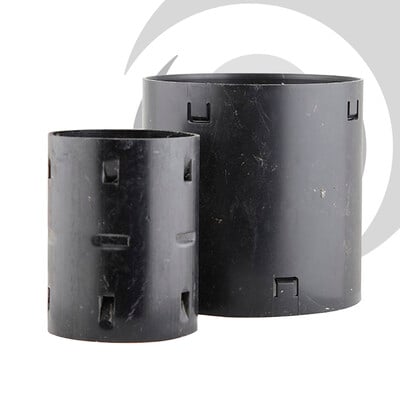

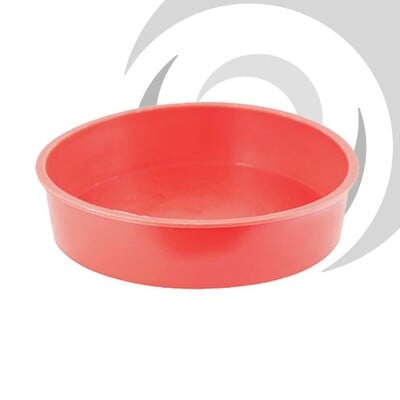



Celebrated Alternatives
Help & Advice

Land Drainage Explained
Land drainage is needed when soil becomes so saturated with water that it becomes unproductive and boggy. This article gives an overview of land drainage.
User Guides

MuckStopper IC 450 For Inspection Chambers
We have designed the MuckStopper IC range to catch the mud and debris which inevitably enters inspection chambers and prevent it from clogging the drainage system below. It protects the drains and saves on clear-out and jetting costs.

MuckStopper RS 400 for Road Gullies
The MuckStopper RS-400 is a removable silt trap bucket with drainage holes at the top. It is designed to be installed in road gullies as a temporary solution during construction. This product offers a first line of defence against silt, catching the majority of it at source.
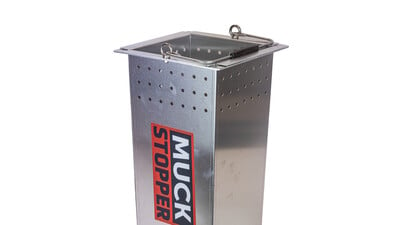
MuckStopper RS 400 Lite for Road Gullies
The MuckStopper RS-400 Lite is a removable silt trap bucket with drainage holes at the top. It is designed to be installed in road gullies as a temporary solution during construction. This product offers a first line of defence against silt, catching the majority of it at source.
Related articles

Garden Drainage: How To Fix Lawn Drainage Issues
Don’t let poor lawn drainage ruin your garden – find out how to fix it before the next downpour.
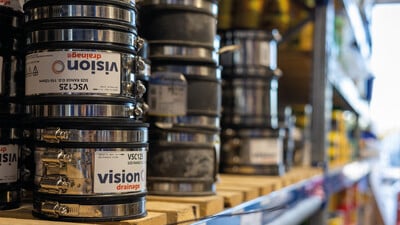
Making Connections: Linking Land Drain with Other Pipe Systems
Learn how to connect land drainage systems to other pipes effectively, from surface water pipes to soakaways and inspection chambers.

Horse Arena Construction & Drainage: Getting It Right
A poorly-drained horse riding arena won’t perform properly, will deteriorate quickly and can potentially become a safety risk.

How to improve drainage in the garden
During the summer months, many of us want our gardens in tip-top condition, ready for an influx of compliments during family barbecues or drinks with friends.







